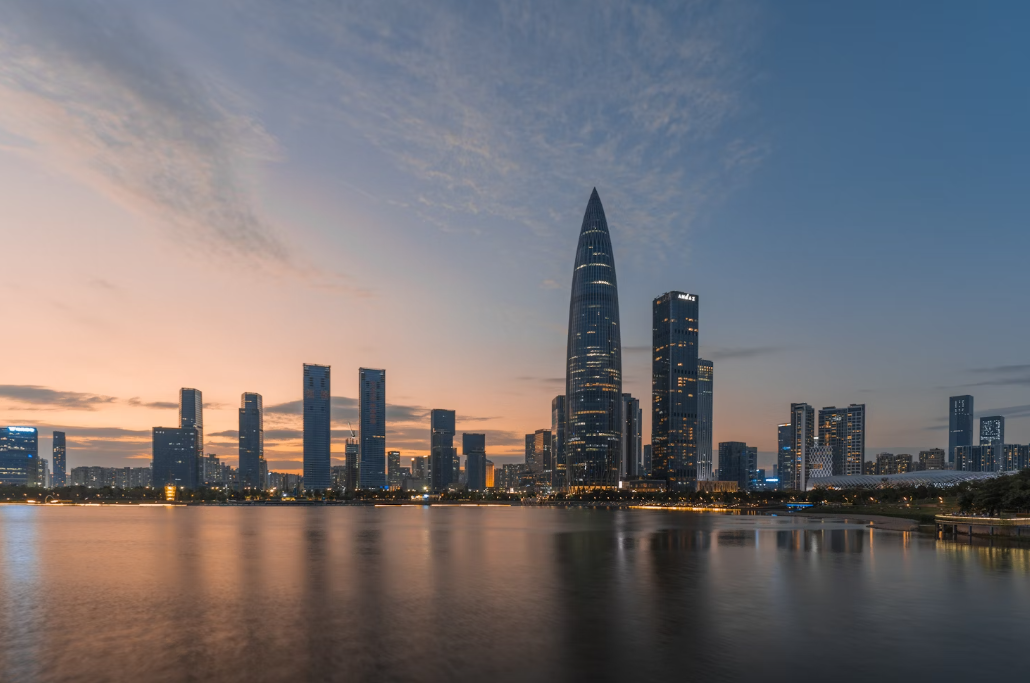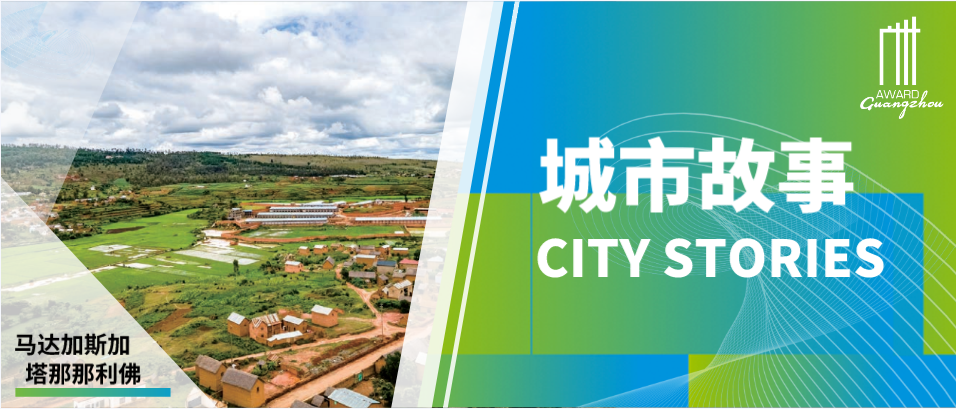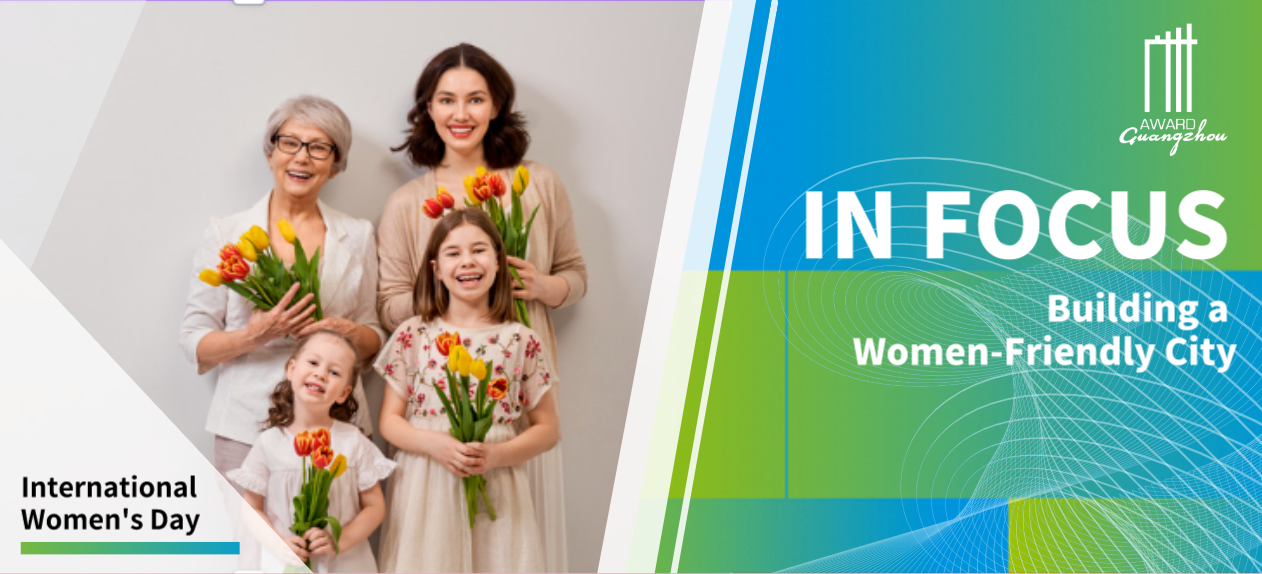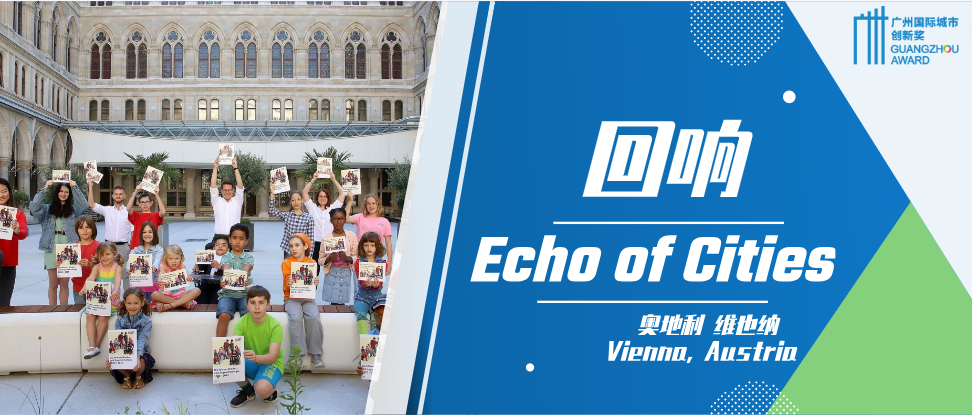Curridabat, Costa Rica
Curridabat Ciudad Dulce
Background Information
Sweet City is a platform from which to envision Curridabat’s future development from a 360 degree angle, and manage projects within the five dimensions that collectively energize the citizens’ experience of the place they inhabit: biodiversity, infrastructure, habitat, coexistence and productivity. These five dimensions define the current government plan, which was approved by the community through the electoral process.
Goals of the Initiative
The goal of Sweet City is to install or consolidate natural conservation as an urban activity, specifically through the increase in the number and variety of pollinisers. This increase, in addition to the re-integration of flora to stimulate pollinising and the creation of new bio diverse corridors, would serve as benchmarks for progress and success. It will not only bring beauty for the people of Curridabat, but will also bring better "performing conditions" for pollinization and thus a more bio diverse, comfortable, clean, peaceful and colorful urban environment.
This goal is framed under a citywide strategy that includes different means of implementation to incorporate design and urban planning in the public. Some of the approaches include didactic, social and cultural activities for citizen empowerment and awareness about the importance of respectful interactions with nature, the strengthening of the population's capacity for internal organization and active participation, the use of technology through an app and mapping system for citizen input, and the refurbishing of public infrastructure to accommodate biodiversity in the city.
The overall is the vision of developing city from a broad and holistic perspective. This development is implemented by projects in the city’s five different thematic dimensions that look to create a more dynamic citizen and place-making experience from different perspectives.
Parties and Partners to the Initiative
The strategy involves two types of partnerships: public-private and public-community. The former was held between the municipality and the innovation team leading the project and three consultancy firms that, in three months, created a series of master plans for the specific areas throughout the territory. The objective of building public spaces and amenities that balanced organic and artificial surfaces was settled alongside a guiding principle to provide access to nature for economically marginalized communities.
The latter – and leading - partnership was established between the municipality and the population through participatory design methodologies or co-design of public areas denominated “Sweetness Spaces”. This was done under the notion of the “imperfect design”, which advocates for openness and continuous transformation of the physical space in accordance to demand and public necessity, as well as for the integration of bio diversity and unifying the experiences of public and private spaces. In addition to the inhabitants of Curridabat, we are improving the quality of life and comfort of plants, pollinizers and the animal kingdom through the provision of spaces that are more welcoming and suited to their needs.
We are also developing public-public partnerships, as other local Municipalities intend to adopt our prototypes (under the Sweet City vision). The Ministry of Health is also set to officially validate one of the prototypes called “Sweet Exchange”.
Another public-private example is the sponsorships we have arranged with NGO’s and the private commercial sector, such as local supermarkets and restaurants.
Resources Used for Implementation
At the end of 2014, the idea was developed within the innovation team (that works together with the mayor) and did not count on the municipality budget, since it was just an idea and not yet a public policy. A few weeks after we found a pro-bono advertising agency, a few collaborators from the private sector and public universities, particularly CINAT (Centro de Investigaciones Apicolas Tropical), the local beekeeping research center, expressed essential support. Through teamwork we developed Sweet City’s main goals and the respective indicators to achieve each one. After a few months we obtained financial resources through budget modifications, but were still very limited. After many strategic efforts within the municipality bureaucracy we were able to obtain the 2017 Ordinary Budget and its respective goals, which have been divided between different areas of work or “departments”.
Human and managerial resources have been important in the process as well. The pedagogic, participatory and political processes that have been developed to achieve the environmental objectives are quite robust. These have entailed the planting of more than 3,500 plant species for pollinizers, the installation of “hotels” for native bees and the creation of community gardens. These activities have been denominated “Sweet Days”, “Sweet Classroom”, “Embrace the Sweetness” and “Sweet Trade”, which also aim to provide relevant scientific information, distribute plants for “adoption” and exchange goods and services amongst the community that has earned credit for their actions and stewardship for ecological, social and communitarian health.
Innovation for the Initiative
The initiative is evolutionary, since it’s based on the notion that we, as citizens, have created antagonistic relationships with the natural environment and resources, our source of life and well being. Therefore, it is by acknowledging these errors that we decide to reformulate our relationship and re-integrate biodiversity into urban environments. The initiative is designed to work in phases, through different scales and dimensions, which will involve cumulative outcomes that will change the way we visualize urban living and expand our interactions with all types of living beings.
Innovation has been applied in
The innovation is being applied in a broad range of fields. Overall, it’s a city-wide strategy that aims to create a new vision for conceiving and living in an urban settlement, with specific policies about the role of public space and our relationships with other living beings. In terms of design and implementation, as described above, there is a joint and open design strategy between the population, private consultancy firms and the leading team from the municipality. Innovation is applied to technology tools through apps and mapping exercises that systematize the citizen’s inputs to allow for responsive, adaptive and sensitive governmental action. With business models and financing arrangements, we convinced the municipality council to admit loans between the municipality and a local bank for the first time in order to finance projects such as “Sweetness Spaces” through at the people’s request.
Obstacles and Solutions for Innovation
So far, the initiative has been highly supported by the public, who, in their broad majority, have a positive response to the activities and interventions that have been developed throughout the territory. Nonetheless, a few residents are opposed to a proposal for a new development because it is close to them and "affects" their immediate context. However, most of these cases have been solved through open discussion with the public and through a transparent and open provision of information. The most important obstacles are inside the municipality through bureaucratic co-workers and opposite parties counsel members.
Outcomes and Assessments
Sweet City’s outcomes are both achieved and expected. Achievements include seeing positive changes in attitudes and behavior where citizens have access to open and active collaboration and dialogue stimulated by the different activities that the initiative has developed and the open channel of communication with the local government. With the development of the aforementioned tools, we have been able to improve efficiency and effectiveness both in terms of communication, action and resource allocation, generating a positive perception among the public and the institution itself of accountability and transparency.
Expected outcomes also include those already in the process of being consolidated. We hope that the return to unification with biodiversity will improve the quality of life of humans and other living beings through a framework of social, economic and environmental sustainability. The potential that this project has for the aesthetics and landscape design of our city is also quite meaningful. Though the project is being implemented on a local scale, it is formulated to expand into sub-regional and regional development, making it suitable for replication in cities outside of the Central Valley Region of Costa Rica and abroad.
Methods Applied
From new channels of communication and interacting with the community, a variety of methods including workshops, education campaigns, social capital points, co-building, co-planting and co-design, and the design and launching of new technology all supply immediate and place-based information every day and help attain our objectives. Citizens receive the benefits of goods and services in exchange for their positive actions towards the environment and society. This has proved to be an influential demonstrative tool to show citizens how active participation engages them with their community as well as providing direct awareness of the importance of the initiative in the context of their lives.
-
 Urban Innovation in China | Shenzhen: How to Maintain Momentum to Achieve Carbon Peak by 2030 While Leading Green and Low-Carbon Development?
Urban Innovation in China | Shenzhen: How to Maintain Momentum to Achieve Carbon Peak by 2030 While Leading Green and Low-Carbon Development? -
 City Stories | Antananarivo, Madagascar: Building Resilience in the City Food System
City Stories | Antananarivo, Madagascar: Building Resilience in the City Food System -
 In Focus | International Women’s Day: Building a Women-Friendly City
In Focus | International Women’s Day: Building a Women-Friendly City -
 Echo of Cities | Vienna, Austria: The Youth Melody of an Ancient City
Echo of Cities | Vienna, Austria: The Youth Melody of an Ancient City























 Tel: +86 20 3780 4434
Tel: +86 20 3780 4434 Email: info@guangzhouaward.org
Email: info@guangzhouaward.org Address: Rm 1609, FuLiXinTianDi, No.307 Guangzhou Dadao Zhong, Yuexiu District, Guangzhou, Guangdong, 501600, PRC
Address: Rm 1609, FuLiXinTianDi, No.307 Guangzhou Dadao Zhong, Yuexiu District, Guangzhou, Guangdong, 501600, PRC




